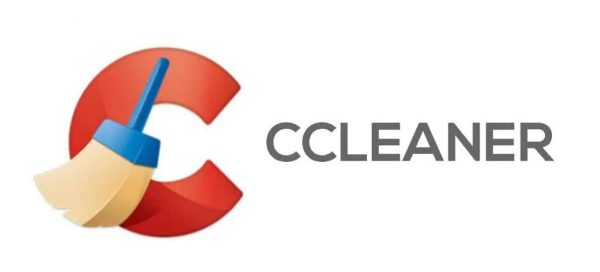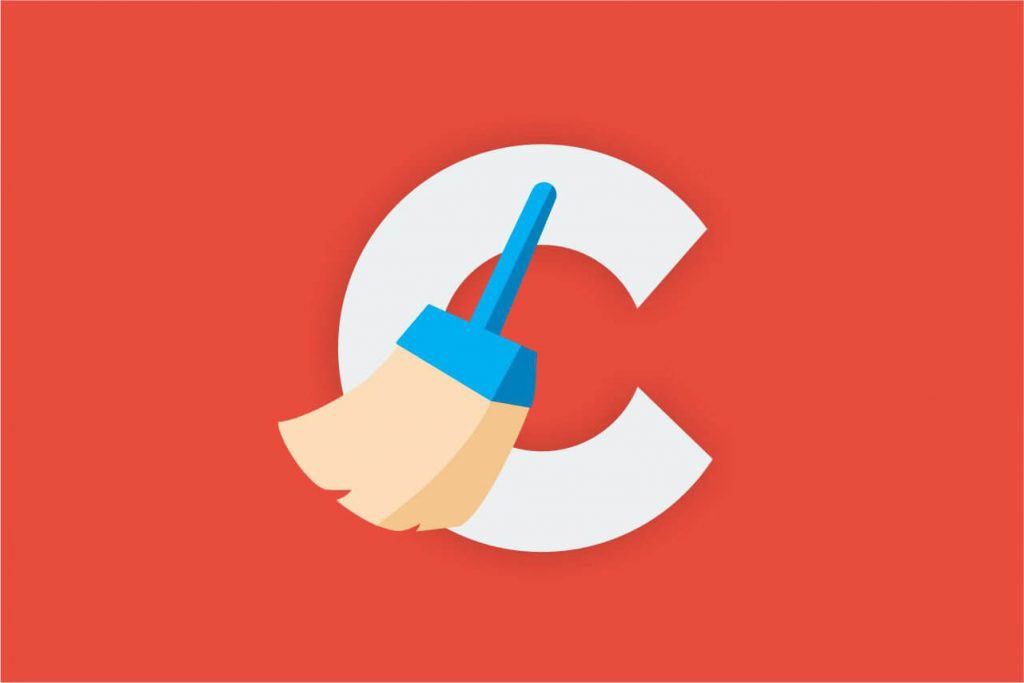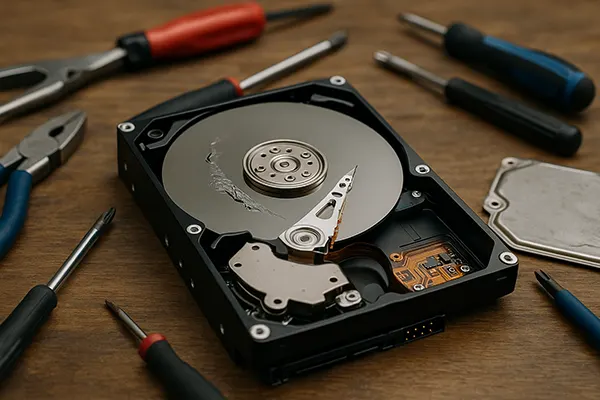CCleaner – the most popular Windows cleaner and optimiser

Windows PC users can be roughly divided into two camps: supporters and opponents of using various kinds of cleaners and optimizers. However, paradoxically, even some detractors resort to using CCleaner from time to time. It has become particularly popular since its new versions include options such as simplified system cleanup and keeping track of software updates for your computer.
Piriform is probably the #1 most popular cleanup and optimisation software available today. That’s how successful it is.
CCleaner has both freeware and paid versions. The free version presents only the basic functionality and the paid version you can get a very good assortment of very useful features.
As for the drawbacks, the most annoying to users – the risk of installing “pull” on a computer and partner software, often unnecessary user. Therefore when installing the program you need to carefully study the content of each window and remove “checkmarks” in time if you do not need additional software.
The main distinctive feature of the latest versions of CCleaner is the presence of two options instead of the usual one for all cases: for simple and standard cleaning. Simple cleaning is the old-fashioned deletion of all rubbish files from the computer plus emptying the Recycle Bin. The standard cleanup, on the other hand, is a “major cleanup” of Windows, which should preferably be started with the cleanup options set beforehand. You can also create an exception list in the settings to prevent the program from deleting necessary or important files.

It is important to note that clearing disk space is not about optimising your operating system. First-time users often confuse the two, but this is not true. A cleaning schedule should be worked out based on the software you have on your computer and on your hardware. For example, SSDs should be cleaned less frequently to avoid wasting their life.
CCleaner also has a module that allows you to fix problems in the Windows registry. In particular, this module can be used to remove irrelevant registry entries, such as those left by uninstalled software. Before cleaning the registry, you should not ignore the program’s offer to create a backup.
The CCleaner toolkit also includes a program uninstaller, but experts advise you to use other uninstallers as this option is not very well implemented. Except for one function – the ability to save a list of installed programs to a text file. This can be very useful when reinstalling your system.
Recent versions of CCleaner also include a component that monitors software for the latest versions installed on your computer. However, it is only possible to update a program to an up-to-date version without going to the developer’s website, if you have a paid version of CCleaner.
The paid version also includes an autoloading manager, the ability to manage browser extensions, a module for analyzing the hard drive, and a number of other useful features.



